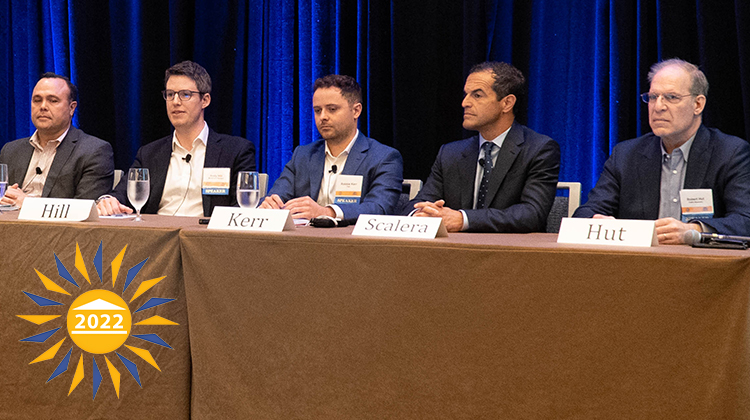The evolving market for restructuring and managing long-tail legacy corporate liabilities was the topic of the presentation entitled “Corporate Liabilities Deals.” The panelists included Peter Calleo, Vice President, Senior Legal Counsel, M&A, Investments and Commercial Contracts, Enstar, Andy Hill, Partner, Structured Solutions, McGill & Partners, Robert Hut, CEO, Fara Recovery, Robbie Kerr, Senior Manager, Liability Restructuring, PwC, Thomas Scalera, CEO, Delticus Group, with PK Paran, Partner, Willkie Farr & Gallagher serving as chair.
A substantial potential for growth exists for the legacy market within the corporate liabilities space. These transactions do not involve the typical transfer or reinsurance of insurance business but instead involve the restructurings by large corporations of long tail liabilities sitting on the balance sheets of non-insurance corporate entities. Although corporate liability deals have been relatively rare, it is fertile ground for the legacy market. The panel provided an insightful discussion on the drivers of these deals, the benefits for sellers, the evolving market and opportunity for buyers (including traditional run-off players), structuring issues and deal terms.
The panel explained drivers and benefits for both buyers and sellers. For sellers unlocking shareholder value is key. Investors are attracted to these legacy deals as they provide a greater focus on the future while shedding liabilities that are no longer core to the seller’s business. Transactions in this legacy space remove uncertainty for the sellers by moving liabilities off the balance sheet while having added ESG benefit. These liabilities are puts in hands of entities that know how to handle them. Buyers benefit as they understand the liabilities well and obtain the assets for investments. Buyers make money by running administration of these liabilities more efficiently. Buyers have the added benefit of not being the originator – so no reputational risk.
Nonetheless, these legacy transactions do not come without risk. The number one risk for sellers lies with the counterparty in that they are making a big commitment that the other entity will act responsibly with the assets (insurance and cash) and manage the liabilities appropriately. No one wants to deal with fraudulent conveyance issues. On the seller side, it is important to ensure ring fencing of liabilities from the deal to avoid later uncertainty. Tax consequences of the transaction must be considered on both sides of the deal.
What is required to make a deal a win-win situation? Data and record maintenance were touted as key. Sellers need to present data in a clear way to ensure buyers can digest it. The management team on the sell side needs to be engaged to see the deal through to completion. Tax consequences must be considered throughout the process. A good intermediary is needed to streamline discussions, ensure correct data received and help understanding valuations.
Legacy markets are used to dealing with well-established players with large balance sheets, transaction records and no execution risks. With new entrants in market, there is a need to understand capital sources, motivation and how will they make money. Intermediaries need to do the work to understand this and educate the market.
